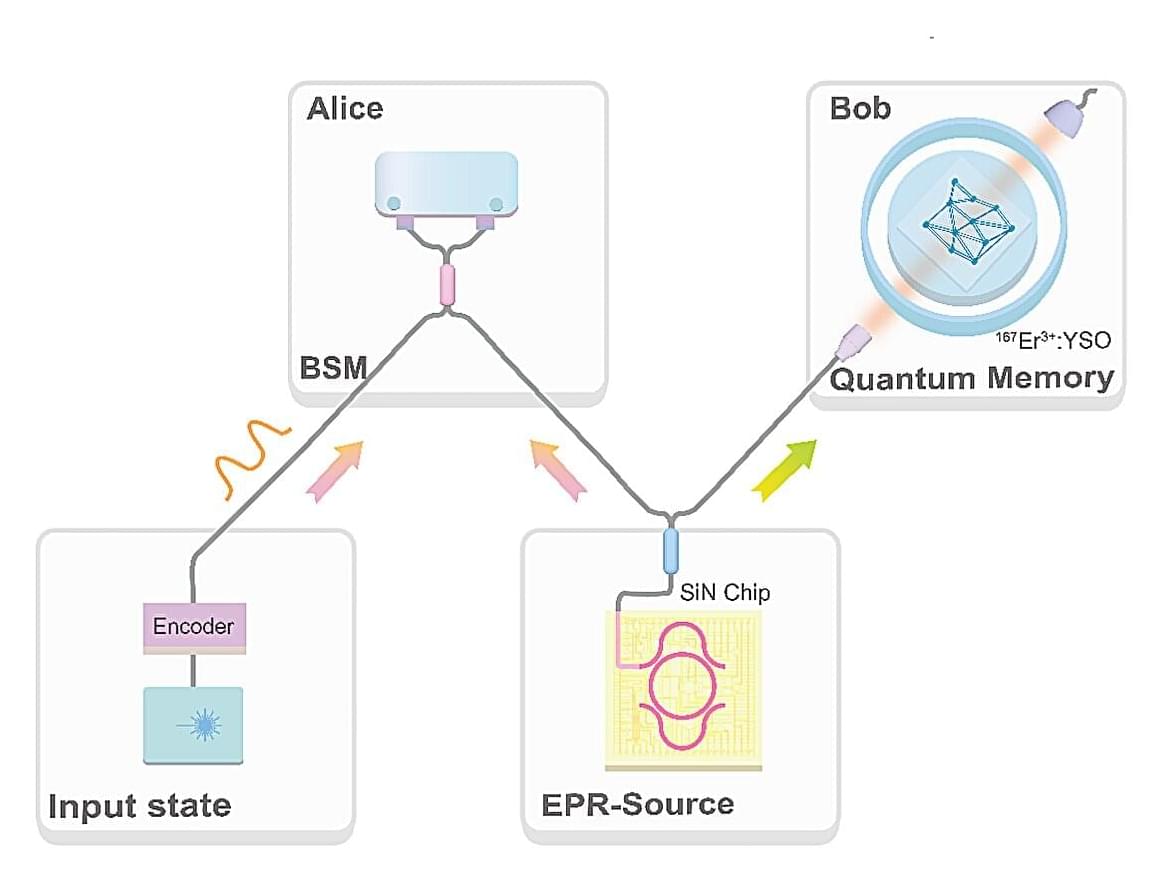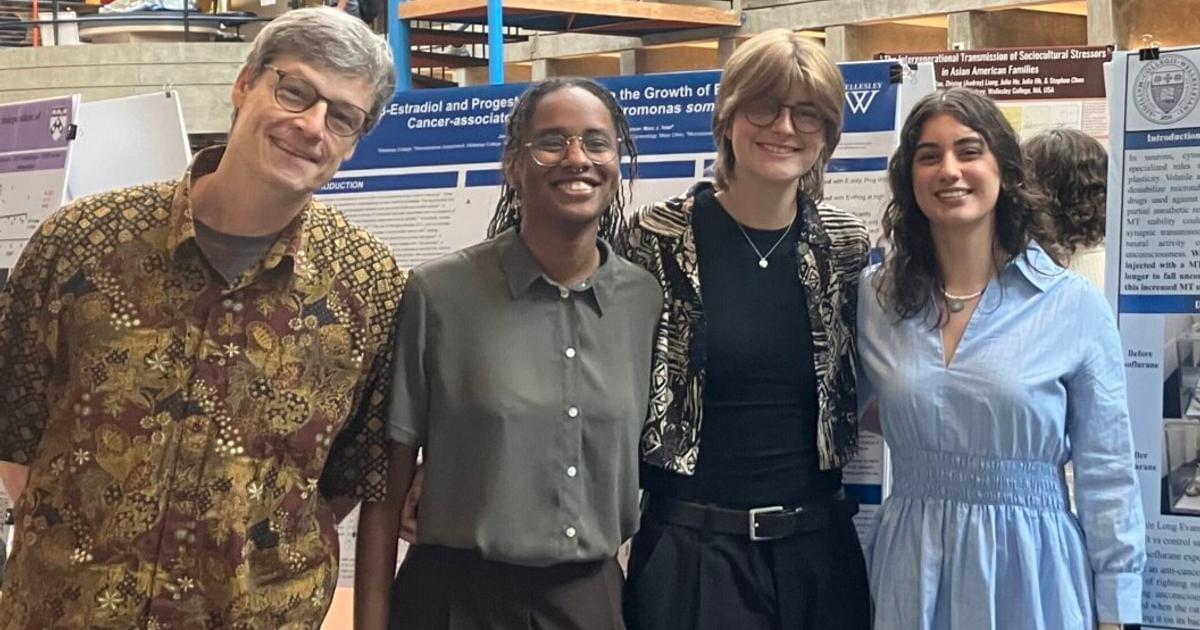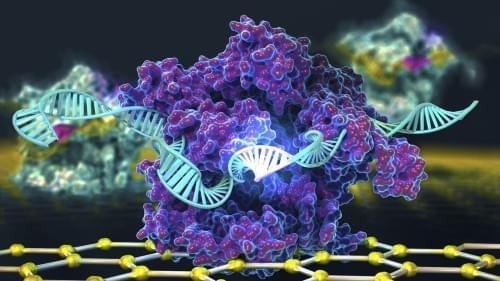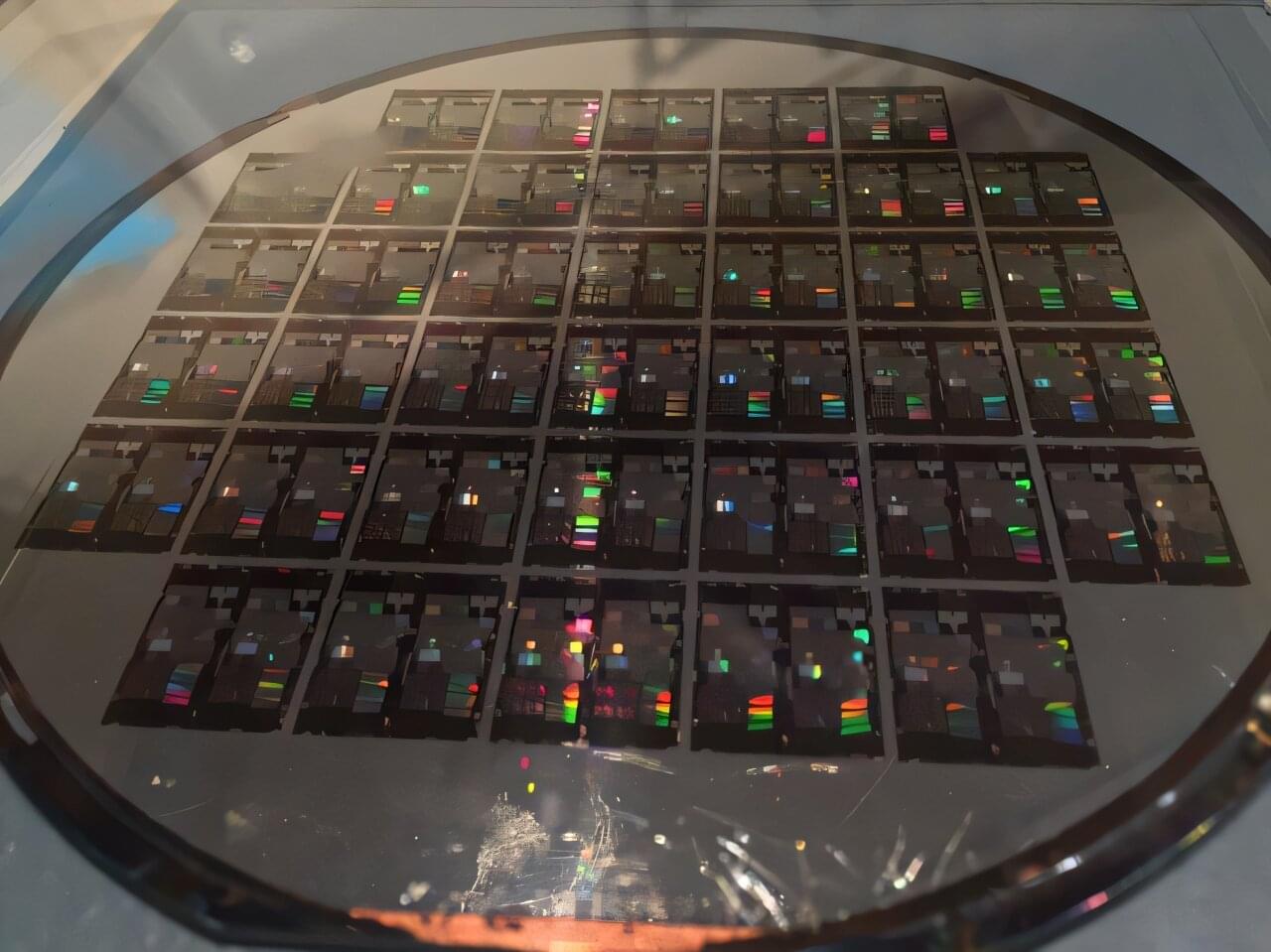Quantum teleportation is a fascinating process that involves transferring a particle’s quantum state to another distant location, without moving or detecting the particle itself. This process could be central to the realization of a so-called “quantum internet,” a version of the internet that enables the safe and instant transmission of quantum information between devices within the same network.
Quantum teleportation is far from a recent idea, as it was experimentally realized several times in the past. Nonetheless, most previous demonstrations utilized frequency conversion rather than natively operating in the telecom band.
Researchers at Nanjing University recently demonstrated the teleportation of a telecom-wavelength photonic qubit (i.e., a quantum bit encoded in light at the same wavelengths supporting current communications) to a telecom quantum memory. Their paper, published in Physical Review Letters, could open new possibilities for the realization of scalable quantum networks and thus potentially a quantum internet.







